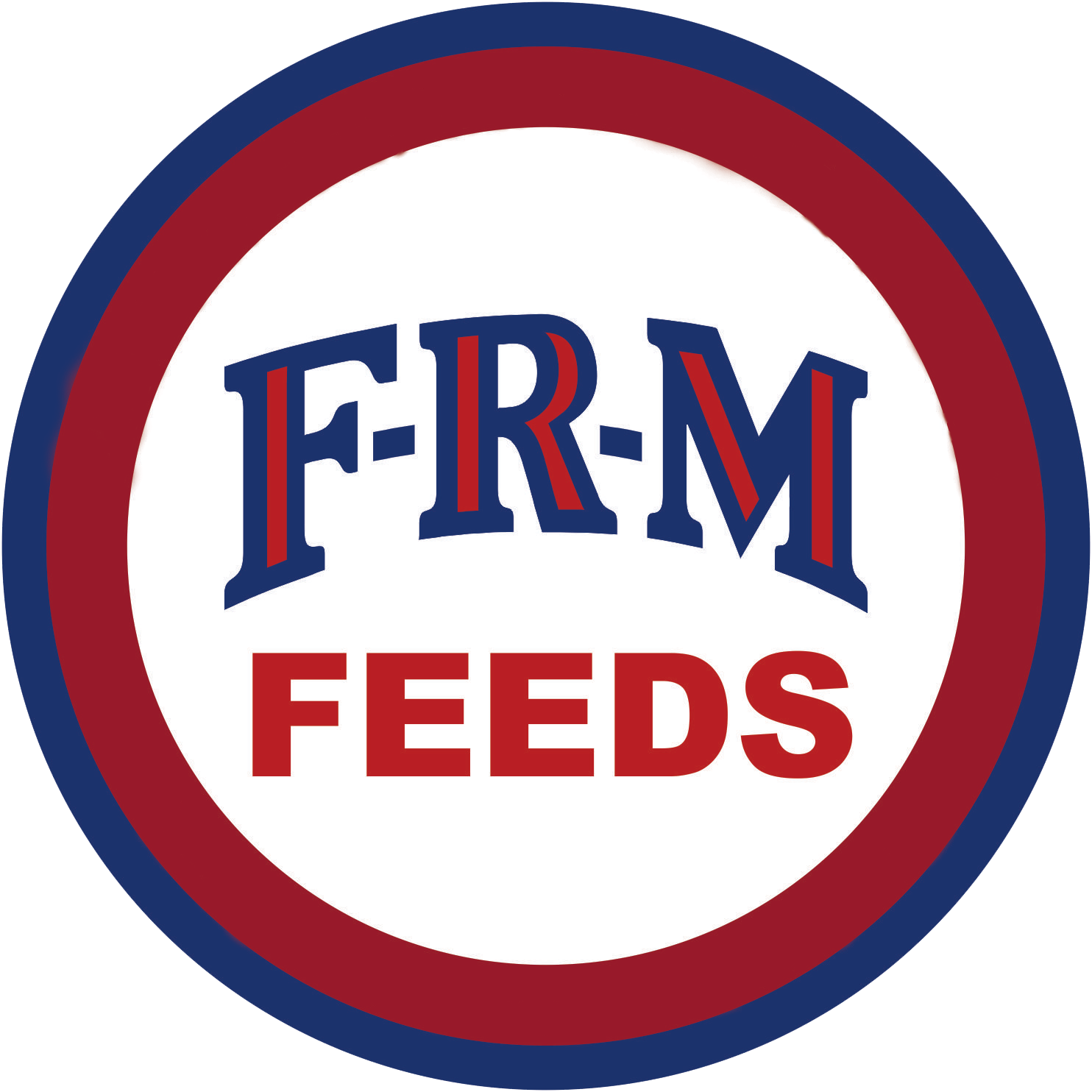Quality is very important, from feeding a catfish to taking a big bite of a catfish fillet sandwich. Today’s consumer is demanding only the best, and you can be assured that you are raising quality fish when you feed F-R-M Catfish Feeds.
F-R-M Catfish Feeds are formulated by the industry’s leading nutritionists.
Quality is as important to us as it is to you. We guarantee that F-R-M Catfish Feeds are made from only the highest quality ingredients to provide your fish with the nutrients they need to give you the best results at harvest time.
Don’t let quality get away from you.
| Fish Size | Fish Food | Form | Protein | Fat | Fiber |
| 2-6 inches | #5145 Catfish Fingerling Grower | Floating Pellet | 35% | 2.5% | 7.0% |
| 6 inches to market | #5170 Floating Catfish Food | Floating Pellet | 32% | 2.5% | 7.5% |
| 6 inches to market | #5150 Pond Cat Floater | Floating Pellet | 28% | 2.5% | 7.0% |
| 6 inches to market | #5135 Fish Food Pellets | Sinking Pellet | 32% | 2.0% | 7.0% |
FOR BEST FEED CONVERSION
- Do not feed dusty feed.
- Feed twice daily, if economically feasible.
- Feed only what the fish will eat in 20 – 30 minutes.
- Do not over-feed.
- Use feed size that the smallest fish can swallow.
- Adjust feeding to water temperature.
- Use a feed that fish prefer (palatability).
- Feed along two sides of ponds so all fish will have easy access to feed.
- Keep oxygen levels at 3-4 ppm or above.
- Maintain adequate bloom.
- Keep toxic ammonia level below 0.4 ppm.
- Maintain 50-100 ppm chloride in pond.
- Stock at rates consistent with your capability of maintaining good water quality.
- Harvest as soon as fish reach optimum size.
- Use smaller size ponds (11 acres).
- Keep winter kill to a minimum through the use of Menhaden fish oil which contains the essential, Omega 3 fatty acids.
- Balance your needs for good feed conversions with the economic consideration for fast fish growth and high yields.
a. With lowering stocking rates and limited feeding rates, the best feed conversions can be achieved; however, your gross returns may not adequately cover your total costs.
b. With high fixed costs, it may be feasible to strive for maximum growth and high yields.
GENERAL WATER QUALITY CONSIDERATIONS
- Keep total ammonia below 4 ppm (septic condition indicator).
- Keep toxic ammonia level below 0.4 ppm.
- Keep chloride-nitrite ratio at least 10:1. 12:1 is ideal.
- Total alkalinity levels should be above 50 ppm. 100 ppm is ideal.
- Keep oxygen levels at 3 to 4 ppm or above.
NUTRITIONAL CONSIDERATIONS
- Maintain fish in a good nutritional state.
- Feed fresh, non-molded feed.
- Establish a good winter feeding program.
- Alternate feeding days in July and August – above 95° F.

